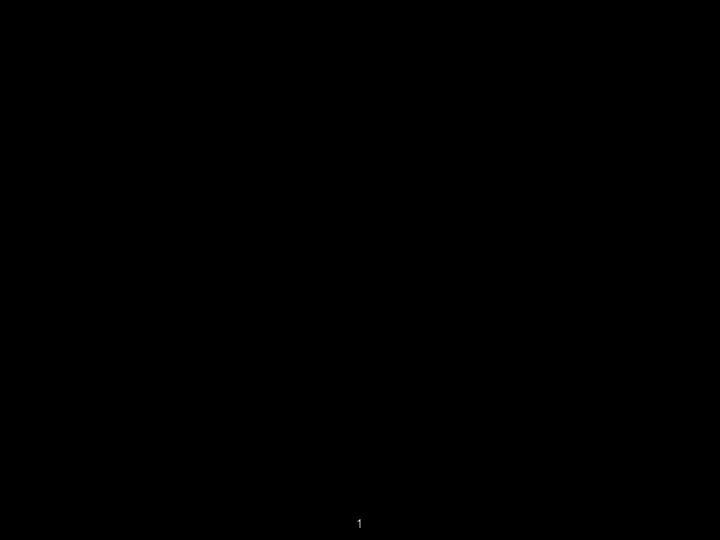

1
Programming IoT Applications with Ravel Laurynas Riliskis & Philip Levis, with others 2
IoT: complex applications 3
Yet, we use ancient methods 4
Three tiers to rule them all Data& Gateway& Cloud& Sensor& Analy5cs& 1Hz&Flow&and& Data&Buffering,& Bluetooth&LE,& Data&Storage,&& Sta5s5cs,&& Transforms& Temperature& Compression,& Data&Forwarding,&& Decryp5on,& Experimenta5on,& Sampling& Encryp5on& App&Tracking& Acknowledgment& Inference& GATT/BLE& HTTPS/REST& SQL/R/Python& Controllers& EndNtoNEnd&Ack& Reliable% Reliable% Comms.% Comms.% Flow%Rate% Encrypted&Data& Models& Shower%Data% Shower%Data% Temperature% Fine8Grained% Current%Water% Views& Water%Usage% usage% 5
LED Control - synchronized 482/3 1929/31 146/8 LoC/files 6
LED Control - Synchronized durable 488/3 3270/47 146/8 LoC/files 7
LED Control - replicated durable 505/3 3515/56 295/15 LoC/files 8
An IoT framework should have • Unified model – entire high-level application in a single language and a single framework • Flexible partitioning – reconfigure where data processing and storage occurs • Interaction everywhere – easy to develop interaction • Deployment ready – real code 9
programing paradigms 1. Enabling SQL-like queries over a group of nodes (Tag, Tinydb). 2. Macroprogramming , a high-level abstraction for apps over a set of nodes (Cosmos, Envirosuite). 3. Stream-based programming , higher level development on the sensory data flow (MISSA, SPITFIRE). 4. Process-based development , where the user programs the network as virtually-connected devices (BPMN4WSN). 5. A prototyping frameworks for rapid development of IoT applications (Fabryq, Exemplar). 6. Model-View-Controller ( MVC ) 10
MVC - basics • MVC - emerged for user interfaces, adopted by web community (Ruby-on-Rails, Django, Meteor). • Models : manages data, logic and rules of application. • Views : output representation of the data. • Controllers : converts inputs to commands for models and views. 11
DMVC for Iot • Distributed Model View Controller • Models : manages data, logic and rules of application across all tiers of application. • Views : multiple fundamentally different representations, still same data. • Controllers : moving data between tiers, views and interactions on radically different platforms. 12
DMVC challenges Models are distributed across different devices: • We need powerful yet simple mechanisms for automatically managing the data, storage, views, computation. The applications must be secure: • Need some reasoning to suggest appropriate security policy and selection of encryption mechanisms. 13
DMVC - models • Supporting Distributed models: • Synchronized : data is streamed from source to sink. Data is not mutable. • Replicated : same data across all tiers. Data is always mutable. • Naturally, there is more model types f ex real-time. • Spaces: distributing primitives to tiers. • Automated controllers: for networking, storage, computation. 14
DMVC - models 15
DMVC - models 16
DMVC - additional Primitives • Space : describe the properties and configuration of underlaying tier. Contains means to generate device specific code. • Transform : takes a model, computes on it and outputs a different model. Often boolean, filters, aggregators, basic math (avg, max, min, compare). 17
From 4300+ 505/3 3515/56 295/15 LoC/files 18
to just few 19
additionally • Deriving possible security policies • DMVC allows analyze where data is accessed and what operations are used on it. • This knowledge let’s us reason about which existing protocols can be use. 20
Many benefits • Distributed Model View Controller • Higher level reasoning about the application and data • Abstracting complexity: • we do the heavy lifting • we eliminate a subset of programing errors: type cast, null pointers • One framework rather than multiple languages 21
Thank you! Questions? Laurynas Riliskis lauril@CS.stanford.edu 22
Recommend
More recommend